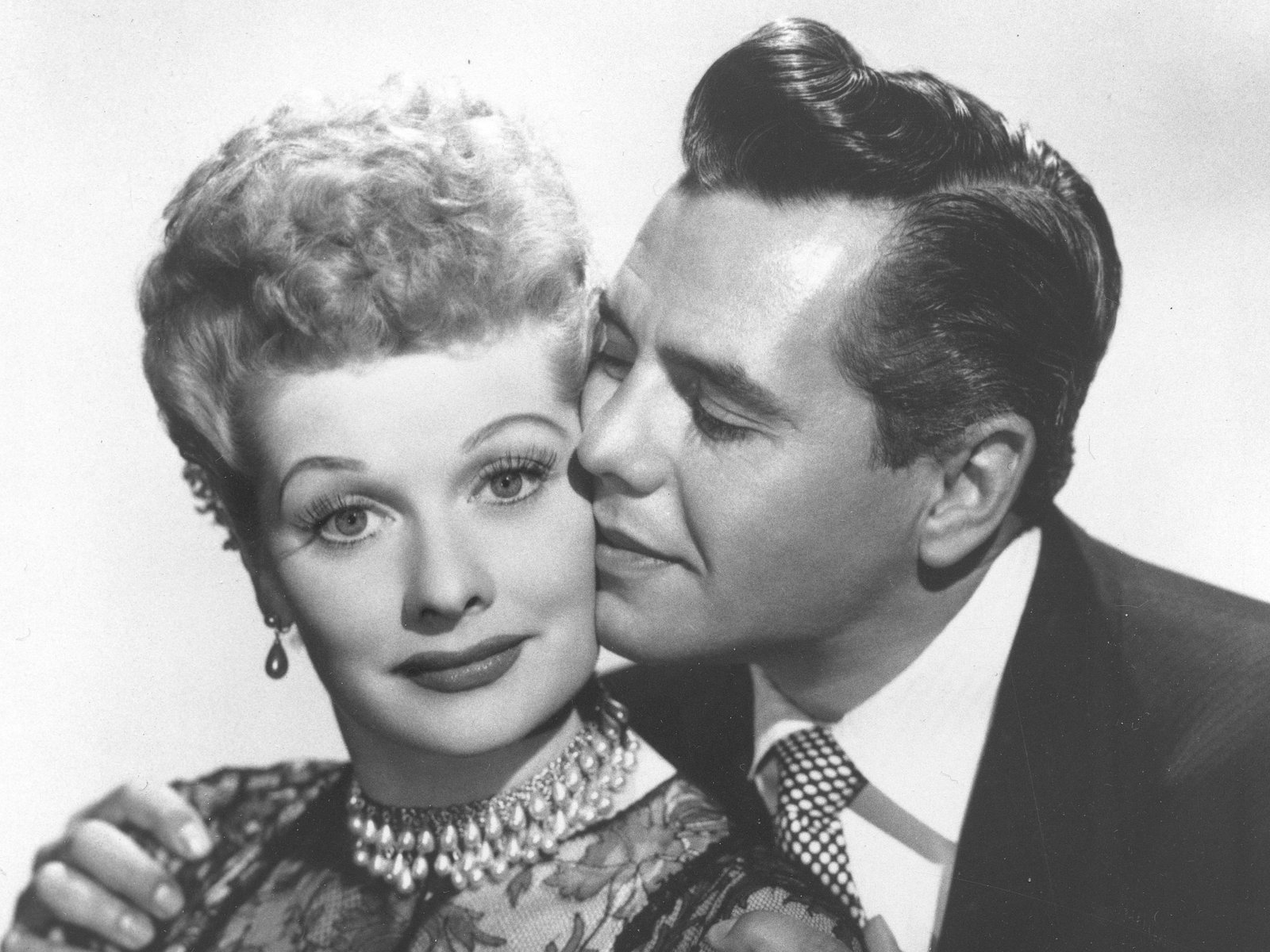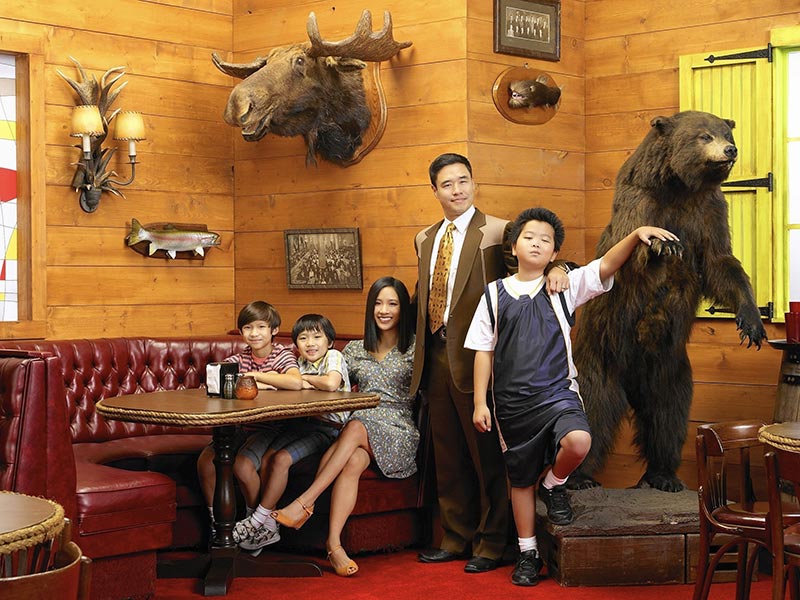 Bollywood superstar Priyanka Chopra stars in ABC’s Quantico. Photo credit: ABC
Bollywood superstar Priyanka Chopra stars in ABC’s Quantico. Photo credit: ABC
If, as historian James Truslow Adams defined it in his 1931 book The Epic of America, the American dream is a “dream of a land in which life should be better and richer and fuller for everyone, with opportunity for each according to ability or achievement,” then Hollywood is the glittering factory in which this dream is manufactured and distributed across a nation, and exported to the rest of the world.
It might seem ironic, then, that those who founded Hollywood and built it to glory were almost all themselves newcomers — Jewish immigrants from middle and Eastern Europe, like Universal’s Carl Laemmle, Paramount’s Adolph Zukor and Fox Film Corp.’s William Fox, MGM’s Louis B. Mayer and the four siblings who founded Warner Bros. Aware that the scent of foreignness might put off audiences hungry for their glamorous vision of America, they stayed behind the scenes and, as much as possible, hid their overseas origins; fear of xenophobic reaction is why we don’t have “20th Century Fuchs” and “Wonskolaser Brothers Pictures” today.
That fear of tainting the American dream with a foreign scent carried over to the images on screen as well, especially with the advent of television, which brought the screen home and made it virtually ubiquitous. One might go out for an evening at the cinema to see exotic people doing incomprehensible things; inviting such people into one’s living room was another matter entirely. As a result, the medium of TV, from its very beginning, has been designed to comfort viewers through standardized formats, familiar tropes and friendly, sparkling-white faces speaking in clear, unaccented English (except for the occasional special guest from abroad or hilarious “ethnic” neighbor).
 Comedian-actress Lucille Ball and her husband, musician-actor Desi Arnaz, stars of I Love Lucy. Photo credit: AP
Comedian-actress Lucille Ball and her husband, musician-actor Desi Arnaz, stars of I Love Lucy. Photo credit: AP
It could have been different. In 1951, the still-young industry discovered a young pair of performers who would go on to become the First Family of television, and arguably the most famous couple in the world: Lucille Ball and her Cuban-immigrant husband, Desi Arnaz. Ball and Arnaz had met in 1940, on the set of the film adaptation of the Rodgers and Hart musical Too Many Girls. The movie quickly disappeared, but the romance that flared up between the costars did not. They married shortly thereafter, and spent the next half-decade developing a project they could work on together as a married couple. The studios rejected the idea; as Arnaz later recalled, one producer scoffed at their pitch for a domestic comedy with the response that no one would watch it because no one could identify with it: “What typical American girl is married to a Latin?”
That producer was soon proved wrong millions of times over. Immediately upon airing, I Love Lucy became by far the most popular show on television, with 11 million households — representing some 32 million viewers — tuning in each week to see the antics of the screwball redhead and her conga-playing husband. And yet, the ability of the show to change the culture of television was handicapped by this very success. Ball and Arnaz were seen as special exceptions to TV’s golden guidelines — uniquely talented, with distinctive chemistry, and thus both irreplaceable and not replicable. When the show ended, so did the notion that viewers would tune in to programs that didn’t focus on safely American protagonists; for almost a generation, the staples of network lineups were shows like Father Knows Best, Leave It to Beaver and The Donna Reed Show — programs that depicted a white-bread suburban portrait of the family and domestic reality.
The arrival of the 1960s broadened the multicultural scope of U.S. television, with shows like I Spy, Julia and The Flip Wilson Show establishing African-Americans on network prime time. But even as U.S. immigration exploded after the passage of the Hart-Cellar Act of 1965, which ended the policy of per-nation migration quotas, immigrants mostly remained off screen, perhaps reflecting the sharp geopolitical tensions of the Cold War. The handful of shows that did feature Americans with foreign origins mostly highlighted their inability to assimilate to get laughs — for example, Green Acres‘ luxuriantly accented Eva Gabor driving her screen husband Eddie Albert and the residents of rural Hooterville up the wall with her household foibles, and in an even more exotic example of the genre, I Dream of Jeannie‘s Barbara Eden turning Larry Hagman’s wishes into slapstick nightmares through her lack of comprehension of American idiom.
 ABC’s Fresh Off the Boat was inspired by the childhood memoir of celebrity chef Eddie Huang. Photo credit: ABC
ABC’s Fresh Off the Boat was inspired by the childhood memoir of celebrity chef Eddie Huang. Photo credit: ABC
This would largely remain the norm for the next three decades: Even when immigrants were depicted, they were positioned as permanent outsiders and figures of fun, with weird customs and even more bizarre perspectives. Think of Robin Williams’ far-out undocumented alien Mork of Mork and Mindy, an extraterrestrial that the Los Angeles Times referred to as the “ur-foreigner [whose] rainbow suspenders hold up not just his pants but also a whole constellation of nonconforming traits.” Or, slightly less fantastically, Andy Kaufman’s gibberish-spouting Latka Gravas from the hit showTaxi or Bronson Pinchot’s Balki on Perfect Strangers, a self-described “simple country pumpkin who just stepped off the goat.”
It wasn’t until the 1990s that prime time saw an immigrant family move to the center of its own show, with Margaret Cho as the daughter of Korean-born parents played by Clyde Kusatsu and Jodi Long in ABC’s short-lived All-American Girl. Yet the show’s humor still sprang from the gap between assimilated, U.S.-born Cho and her resolutely traditional parents. It still found itself forced to “translate” its cultural cues through an insider’s lens, in this case, a blond white neighbor, 11-year-old Ashley Johnson, who provides what Executive Producer Gary Jacobs called “a nonclunky way to do some of the cultural exposition. She is someone within the household who can say, ‘Why are they doing that?’ ” (Series costar B.D. Wong summed up the rationale for the addition of Johnson as follows: “We have to establish the Ozzie and Harriet nature of it.”)
All-American Girl famously lasted just 19 episodes, and prime-time network TV would not see another Asian-American family for two decades — and just a handful of shows with prominent immigrant leads.
The ’90s and early 2000s saw the concept of multiculturalism take root in public and popular culture. Diverse casting, though still seen as a responsibility rather than an opportunity, became more common on TV, usually in the form of a handful of actors of color embedded into large, predominantly white ensembles. As global entertainment markets grew, more and more actors from other countries became Hollywood mainstays, often playing characters that didn’t have to hide their origins behind a studied American accent.
In 2009, television saw a turning point: the debut of Modern Family, a show conceived as a much-needed updating of the hidebound perception of the American family, centered on a patriarch with a young trophy wife and the households of his daughter and gay son. Colombian actress Sofia Vergara, as glamorous firebrand Gloria, became the breakout star of the show; Aubrey Anderson-Emmons, who plays adopted granddaughter Lily Tucker-Pritchett, has emerged as one of its most popular young stars. Though its humor frequently plays off sexual and ethnic stereotypes, the show has emerged as one of TV’s biggest hits by maintaining a sense of real and heartfelt warmth among its characters, while allowing characters like Gloria and Lily to occupy identities that are neither ethnically erased nor wholly alienated from the greater workings of American culture. The show’s breakout success established a template for a new way of depicting immigrants on TV: inclusive but not suppressive, with difference defined as a reason for celebration as well as a source of humor.